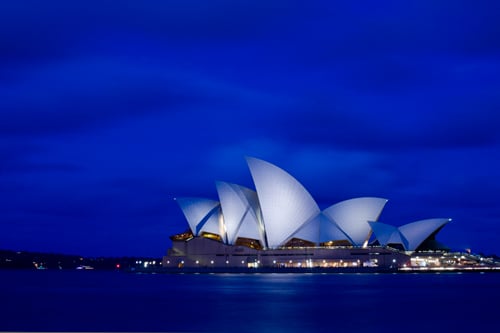Photo Tip: Improvising In The Field
Tripods can be heavy to lug around, I know, and the perfect system has yet to be invented to easily carry one in a comfortable manner for a long time. Well, I suppose there's always a Sherpa, but they're expensive and always request to fly first class. So we can agree that sometimes, after a long day, we don't bring that tripod along at all. The temptation to just slap a lens on a body and head out the door is strong, but mark my words: you'll immediately find that not having a tripod will bring upon you the most incredible photographic opportunities that you absolutely cannot take advantage of without three extra legs. Not to worry, though – it's time to enter the realm of what I like to call environmental support systems.
Now let's get this out of the way: a Gorillapod is a fantastic alternative to a traditional tripod. The flexible legs hold a surprising amount of weight with a reasonable amount of stability and they have the uncanny ability to fit into small, uneven spaces or attach to railings. I always carry one on a shoot, but even that is sometimes left in the room after a particularly taxing day of lugging around gear.
So there you are: no support system and the sun is going down. Your exposure is too long to handhold without attracting derision and scolding from your photo editor upon submission of blurry photos...what to do?
Well, you might not realize, but the standard size screw on the bottom of most pocket cameras and DSLR's is 1/4-inch; that size screw is also standard for affixing a lampshade to its ballast. Yes, that's right, if you remove the shade and use the supporting screw you can attach your camera to a lamp. Try it! I'm not going to lie to you, if you do this people are going to stare, but your picture will be better for your efforts! This is a great solution to those last minute sunset shots from the balcony of your hotel room when steadiness and time is of the essence.
In lieu of home furnishings, just remember that a tripod is nothing more than a stabilizing platform with adjustment capabilities. In essence, anything solid with even a moderately flat surface can become a tripod. For example, I took this shot in Sydney. I had been out all day in torrential rain with the intention of heading back to my room to gear up for sunset. The weather slowed me down, though, and I never had time to do so before the sweet light was upon me. In this case, the short wall surrounding Sydney harbor became my environmental support system, but setting the camera down on the flat surface only allowed me to look straight ahead. This was not only an awkward composition, but a heavier lens on the camera would've leaned the entire rig forward into a downward facing position. The solution? My cell phone belt clip propped up underneath the lens to raise the scene into the angle of view that I wanted. Shazam! Problem solved, shot achieved.
One last tip for environmental support systems: if you forgot a cable release or don't tend to carry one, set that little self timer for at least 2 seconds. That way, you can trigger the shutter and allow time for the slight movement that may come from pressing down on your improvised rig to settle. Happy shooting!
